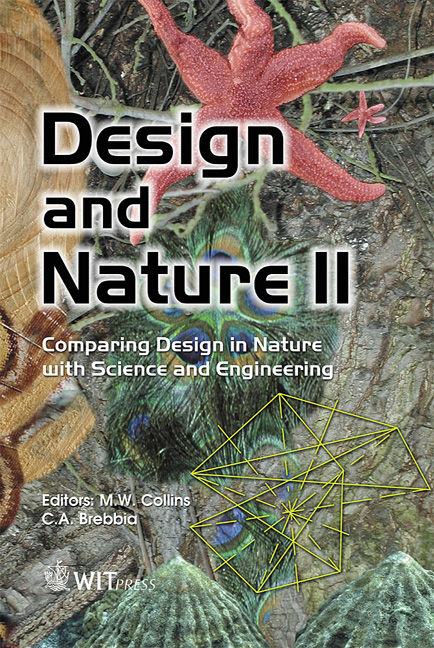The Mechanical Self-optimisation Of Trees
Price
Free (open access)
Transaction
Volume
73
Pages
10
Published
2004
Size
2,507 kb
Paper DOI
10.2495/DN040201
Copyright
WIT Press
Author(s)
C. Mattheck & I. Tesari
Abstract
Due to the permanent competition in nature and the survival of the fittest, trees are highly optimised structures. The expenditure of energy and material for failsafe constructions would be uneconomically high for a species and a natural failure rate has to be accepted, but the optimisation prevents early failure. Five theorems are exemplified in the paper which describe the mechanical selfoptimisation mechanisms of trees. - Minimisation of lever arms. Trees minimise stresses by reducing the length of the loaded lever arm. Length reduction can be achieved by active self-bending of stiff parts by forming reaction wood or through passive yielding of flexible parts of trees. - Axiom of uniform stress. Adaptive growth reduces stress-concentrations on the surface. Unavoidable stresses are distributed evenly on the surface of a tree. - Minimisatio
Keywords





